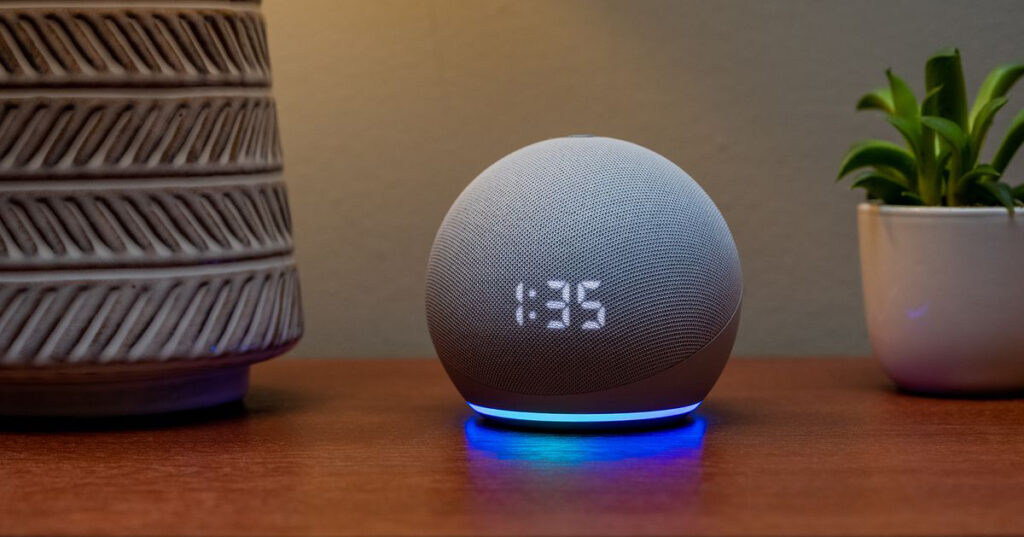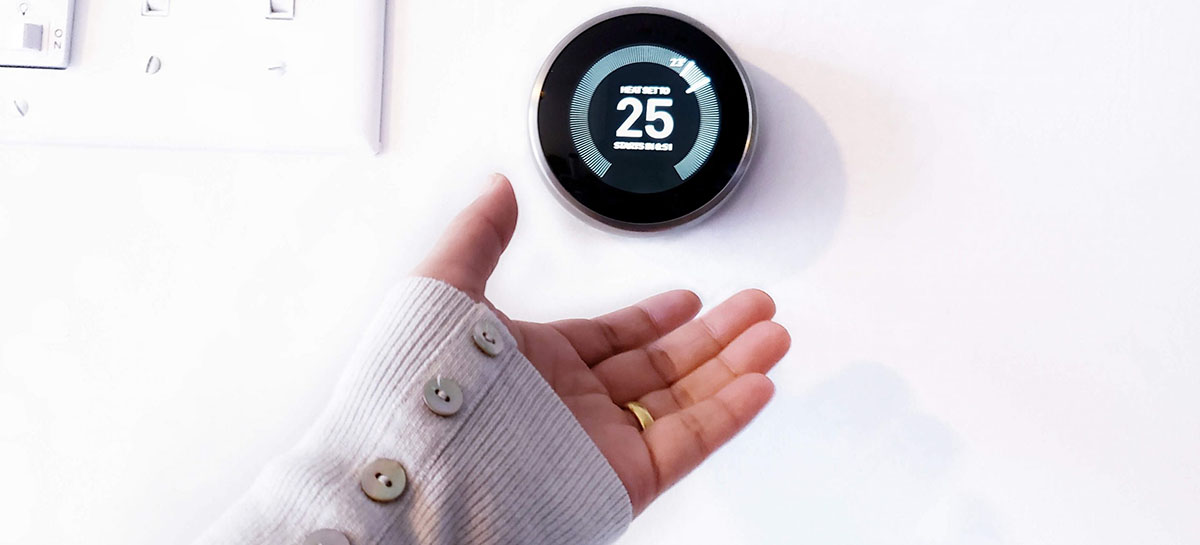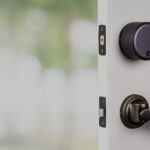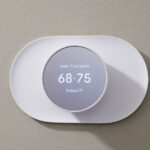Smart thermostats have become popular in recent years. Every homeowner who wants to turn their house into an intelligent premise is opting for smart thermostats over the traditional ones. They make it easy to control the ambient environment of your home. The devices will automatically ensure that your house is comfortable and agreeable. Due to these features, smart thermostats are replacing their traditional counterparts.
What is a Smart Thermostat?
A smart thermostat is the modern iteration of a traditional thermostat. It enables you to control your HVAC system and set the temperature of your home. However, its feature set extends farther beyond. Most smart thermostats have integrated Wi-Fi for connecting to the Internet. Their manufacturers provide a smartphone app to enable remote access. You can install the app on your device and control your HVAC system through the thermostat’s app.
Smart thermostats may have one or more integrated sensors. They may use a motion detector or proximity sensor to switch the HVAC unit on or off, depending on whether someone is present in a room or not. It can save electricity and reduce your power bill. Quite a few models support additional external sensors for improving area coverage. They can heat and cool the whole house efficiently while eliminating hot or cold spots. Most smart thermostats allow you to set a cooling or heating schedule for different days of the week. A few of them adjust the HVAC unit automatically by learning from your preferences. You can control them through voice commands as most of these devices support one or more virtual assistants.
How to Choose a Smart Thermostat?
Smart thermostats are available from various manufacturers. There is a model that will suit the specific requirements of each buyer. Here are a few features to consider in a smart thermostat. It can assist you in choosing the right thermostat for your HVAC system based on your requirements.
1. C-wire Connection – A critical thing to consider in a smart thermostat is if it needs a c-wire connection or not. Smart thermostats require a power source. They may only use a battery or might additionally have to be hardwired. You don’t have to plug them into a wall for the latter. They draw power from the HVAC system and must be connected to it using a c-wire (common). If your existing thermostat is not connected to a c-wire, you will have to get the same installed for a smart thermostat. Alternatively, you may consider a smart thermostat that does not require a c-wire connection. Quite a few manufacturers recommend a c-wire even if it is not necessary for their smart thermostats.
2. Smart Assistant Integration – Most homeowners opting for intelligent devices like a smart thermostat are already invested in a smart ecosystem. The most popular of these include Amazon Alexa, Google Assistant, and Apple HomeKit. If you are buying a smart thermostat, consider models that support your preferred voice assistant. The device may work with only specific voice assistants and not all of them. Therefore, to use it using voice commands, you will need a model that is compatible with your favored smart assistant. Additionally, you may want a smart thermostat that supports IFTTT and Samsung SmartThings platforms.

3. Remote Access and Control – When buying a smart thermostat, ensure that it allows you to remotely access and control your home’s HVAC system. You should be able to check if the unit is running or switch it off even when you are not at home. Most manufacturers provide a smartphone app for remote control. You can install the app on an iOS or Android device and control the HVAC unit from anywhere. The smart thermostat must be connected to your home’s wireless network for Internet access to facilitate the same.
4. HVAC Compatability – A critical thing to check for before buying a smart thermostat is its compatibility with your HVAC or heating system. Some models may work fine with it, while others may not. Manufacturers provide a list of all HVAC systems that are compatible with their smart thermostats. You may refer to it to find the right one for your unit. Alternatively, you can ask your HVAC installer regarding the same. Make sure to buy a smart thermostat that will work with your HVAC system.
5. Sensors – You might want to consider the sensors integrated into or supported by a smart thermostat. Most models come with temperature, humidity, and motion sensors. While the first two assist in controlling the environment, the last one switches the air conditioning on or off based on motion. If the sensor detects that there has been no activity in a room for several minutes, it may turn down the air conditioning for that particular room. Many smart thermostats use external sensors in addition to internal ones. You can add a separate sensor for each room in your house. They enable you to ensure that the ambient environment is consistent in each room. More than one sensor can be placed in a large room to eliminate hot and cold spots in specific areas. Choose a smart thermostat that allows you to add additional sensors if you need them.
6. Geofencing – Geofencing is a handy feature to have in a smart thermostat. It utilizes your smartphone’s GPS chip along with the smartphone app from the manufacturer to establish a virtual perimeter around your home. Whenever your device leaves the perimeter, the app considers that you have left the house and don’t need the HVAC system. It signals the thermostat to turn down heating or cooling, reducing the HVAC unit’s electric consumption. Once it detects that your device is within the perimeter, it assumes that you are back home and turns on the cooling or heating system. Although not essential, geofencing can be a useful feature to have in a smart thermostat. If you wish for it, look for a model that supports it.
7. Ease of Installation – Quite a few buyers prefer to install a smart thermostat on their own. Most models are easy to install and only require you to be moderately handy. They come with a step-by-step guide to aid with the process. However, a few models may require you to seek professional help. It will also depend on how difficult it is to remove your existing thermostat. Consider the ease of installation of a smart thermostat before you purchase one.
In addition to these features, you may want to consider the cost of smart thermostats. Most models are priced between $100 to $200, with premium models costing even more. A couple of budget models are also available, although they may only have basic features. Choose a smart thermostat that fits your budget and requirements.




